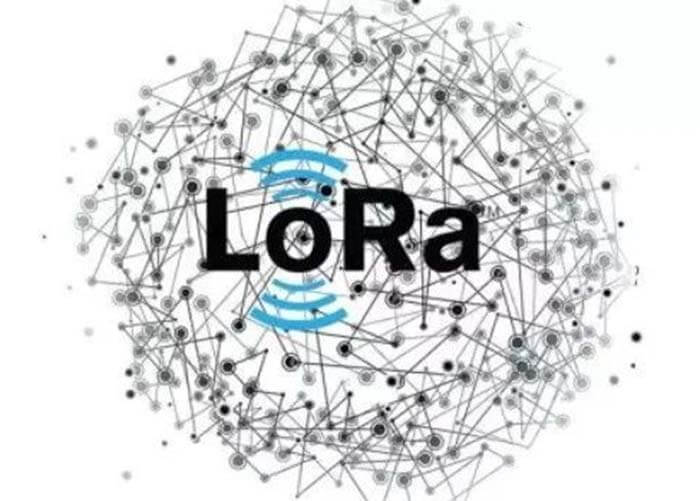What is Lora wireless communication technology?

Lora wireless communication technology is Long Range Radio wireless communication technology. It is a low-power LAN wireless standard created by Semtech company. Its biggest feature is that it can travel farther than other wireless methods under the same power consumption condition, achieving low power consumption and Long-distance unity, it is 3-5 times longer than the traditional radio frequency communication distance under the same power consumption.
Characteristics of Lora wireless communication
- Transmission distance: up to 2-5Km in towns and 15 Km in suburbs;
- Working frequency: ISM frequency band, including 433 MHz, 868 MHz, 915 MHz, etc.
- Capacity: A LoRa gateway can connect to thousands of LoRa nodes;
- Transmission rate: hundreds to tens of Kbps, the lower the rate, the longer the transmission distance;
- Modulation method: This is based on spread spectrum technology, a variant of linear modulation spread spectrum, with forwarding error correction capability.
Lora wireless communication terminal
The terminal nodes of LoRa wireless communication may be various devices, such as water meters, gas meters, smoke alarms, and pet trackers, etc. These nodes are first connected to the LoRa gateway through LoRa wireless communication and then connected to the network server through a 3G network or an Ethernet network. The gateway and the network server communicate through the TCP/IP protocol.
Lora wireless communication application
Smart building
For the renovation of the building, sensors such as temperature and humidity, safety, harmful gas, and water flow monitoring are added. The monitored information is uploaded regularly, which facilitates the supervision of managers and makes users more convenient.
Generally speaking, the communication of these sensors does not need to be particularly frequent or to ensure a particularly good quality of service. At the same time, a portable home gateway can meet the needs, so LoRa in this scenario is a more appropriate choice.
Smart Industry
In the automated industrial production environment, a large number of intelligent technologies are applied, and various information and data are converged in the network.
Therefore, the characteristics of the selected network are directly related to the execution quality of the production plan. Some scenarios require low-cost sensors with low-power and long-life batteries to track equipment and monitor status. Lora is a reasonable choice at this time.
Smart logistics
The geographical scope of the logistics industry is very broad, so the first choice when choosing a network is low investment and long working life.
To be able to track the pallets and determine the location and status of the goods, what the freight company needs is that the facilities involved in the entire logistics process are under the network coverage, so not only the network nodes are required to be economical enough for large-scale installation, but also have the flexibility to make it It can be installed on a vehicle as a mobile gateway. Lora’s low cost, high battery life, high mobility, and stability of communication when moving at high speeds enable it to lead the way in the field of intelligent logistics.
Lora wireless communication development prospects
At present, the Lora wireless communication network has been piloted or deployed in many parts of the world. According to data released earlier by the LoRa Alliance, 9 countries have started to build networks, and 56 countries have started pilot projects.
For the three major domestic telecom operators, NB-IoT network deployment is already on the line. In 2021, many cities have completed NB-IoT network deployment, and it is unlikely to use LoRa technology for large-scale networking.
If you have any antenna questions, please read our ANTENNA FAQ section, if you still cannot get the answer you need, please contact us.
Besides the What is Lora Wireless Communication article, you may also be interested in the below articles.
What is the difference between WIFI and WLAN?
Summary of 41 Basic Knowledge of LTE
What Is The 5G Network Slicing?
